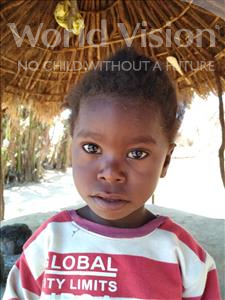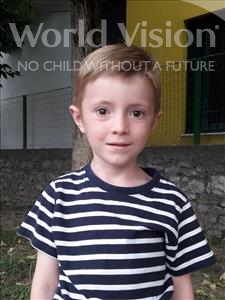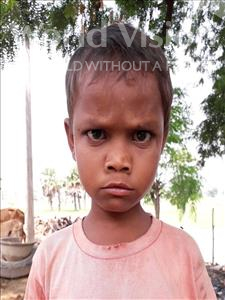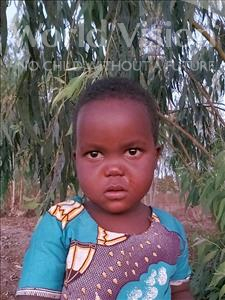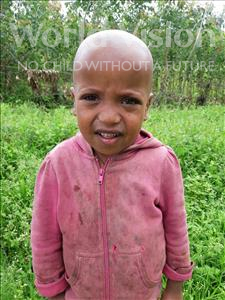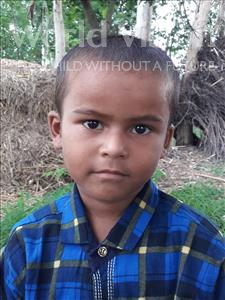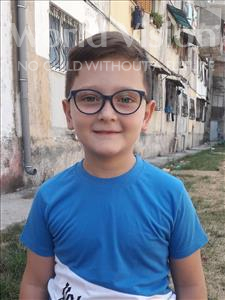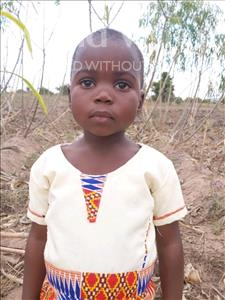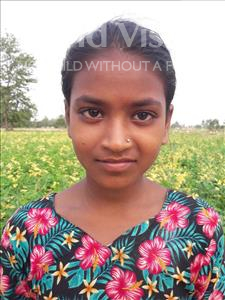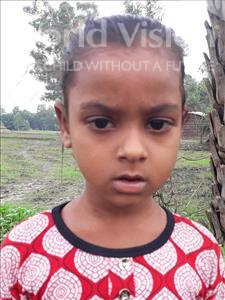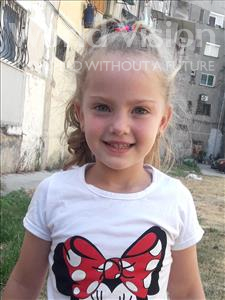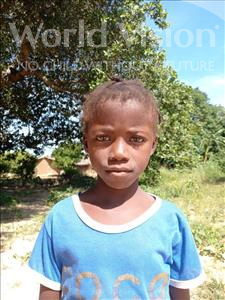Geography and people
A landlocked country on the southern edge of the Sahara desert in North West Africa, Niger is one of the hottest and driest countries in the world. Although it is approx five times the size of UK, only 3% of the land gets enough rainfall to be farmed. The majority of the 17million population lives in the greener southwestern part, near the Niger River.
Nearly 90% of Nigeriens are Muslim, with Christianity and traditional beliefs also followed. Over 90% of the labour force is engaged in subsistence agriculture or livestock rearing, contributing 40% of GDP, so recurrent droughts severely affect the economy. More than 60% of population live on less than US$1 per day. Niger is heavily dependent on overseas aid (50% of budget) and in 2006 qualified for cancellation of all its IMF debt. Whilst still low, oil production and export is expected to grow significantly through 2016. Exports of livestock to neighbouring countries are the second largest source of earnings. Common crops are millet, sorghum, cassava, peanuts and rice, used for domestic consumption, and cowpeas, cotton and onions for export. The combined effects of the harsh climate, burgeoning population, regular droughts and locusts, has reduced soil fertility. Farmers' inability to afford fertilisers and farming tools pressures them to increase the size of their plots just to maintain production levels. As a result, farming activities are moving progressively northwards, reducing the pastureland available for nomadic livestock herders, who face similar climatic constraints.
The two largest ethnic groups in Niger – the Hausa and the Djerma-Sonnghai – make up more than 75 percent of the population. While French is Niger’s official language, Nigerians use several other native languages.
By 2015, World Vision Niger (WVN) will contribute to improving the well-being of 480, 000 girls and boys, including the most vulnerable. Many children, especially girls, are required to stay at home to look after the family or work in the fields. Few families have access to proper sanitation, leaving them vulnerable to diseases like cholera, malaria, respiratory infections & guinea worm. More than 600,000 people in the country are living with HIV/AIDS, while a quarter of a million children have lost a parent to the disease.

Population
Life expectancy
Literacy rate
Access to safe water
Average annual income
Fast facts
Niger is one of the most impoverished countries in the world. In 2013, it ranked last of 186 countries on the United Nations Human Development Index, which measures life expectancy, education and income levels of a country.
Although less than 15 percent of the land is arable, 90 percent of the workforce works in agriculture. The country's economy largely depends on agriculture and uranium exports, but frequent droughts and the declining uranium demand have severely hurt the economy.
Nigerians, particularly children, struggle with health concerns, child mortality rates the 12th worst in the world (UINCEF, 2013).
Only around 28 percent of the population can read and write, the majority of them males. School attendance among children is low, with few actually finishing (UNESCO Institute for Statistics, 2012). Many children, especially girls, stay home to take care of ailing family members or to work in the fields.
Please sponsor a child in Niger today.
Our focus in Niger
World Vision is committed to partnering with the people of Niger to improve their lives today and to help deliver sustainable solutions for the future of their children, families and communities. Our child sponsorship programme plays a vital role in this partnership, with donors from the United Kingdom sponsoring over 6,400 girls and boys (as of April 2014) across four community projects. In addition to sponsorship, World Vision operates other programmes that benefit communities in Niger.
Highlights of our work include:
Providing schoolchildren with much needed school supplies and better classroom facilities.
Improving the lives of women and their families through microloans and business coaching.
Improving access to clean, safe water to help prevent the spread of waterborne diseases.
Distributing food and seeds to families suffering from hunger and malnutrition.
Our Achievements in Niger
World Vision’s work in Niger began with drought relief efforts in 1973. Since then, some of World Vision’s major accomplishments include:
Child Development
Providing sponsorship to thousands of children since the late 1990s.
Health
Building a multi-functional health centre for families in northern Niger in 2002.
Health
Improving Nigeriens’ health by raising awareness about HIV and AIDS and providing many villages with access to clean water since 2004.
Food Security
Distributing 350 tons of cereal and seed stock after the 2005 locust infestation.
Food Security
In the recent 2013 foodcrisis, an estimated 338,723 people have benefitted from World Vision’s response so far in Niamey, Tillaberi, Tahoua, Zinder and Maradi regions.
PRAY FOR NIGER

Latest news
-
World Vision joins DEC appeal to raise urgent funds for Indonesia tsunami survivors
Thursday 04, Oct, 2018 -
Indonesia earthquake and tsunami: World Vision UK launches appeal
Wednesday 03, Oct, 2018

